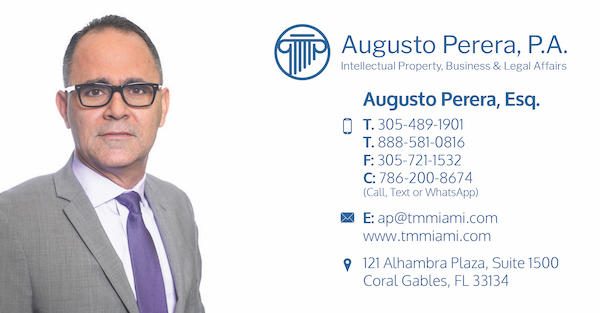To stablish copyright infringement, one must demonstrate:
- That you own a valid copyright in the work or have the legal authority to sue;
- That the defendant actually copied the copyrighted work, either through direct evidence of the copy or evidence showing: (a) the defendant had access to the original work and the defendant’s work is substantially similar to the work protected by copyright, or (b) the defendant’s work bears striking similarity to the copyrighted work;
- Copied sections of the work are protected by copyright (i.e. it is not simply a matter of copying data from the copyrighted work).
There are three common defenses available to defendants facing a copyright infringement claim:
- The work used is not protected by copyright (i.e. characterize the work as factual only, without any expressive element).
- The defendant created the work independently. As mentioned above, any claim of infringement must involve the defendant’s use of an unauthorized copy of the plaintiff’s work. Therefore, the infringement cannot occur without the defendant having copied the plaintiff’s work. Furthermore, nothing in copyright law prohibits another author from independently creating a work that is remarkably similar to another.
- Fair use. The courts and Congress adopted the fair use doctrine to allow the use of copyrighted materials deemed beneficial to society, many of which are also entitled to First Amendment protection.
In determining whether an alleged infringement is fair use, courts consider (1) the purpose and nature of the use; (2) the nature of the copyrighted work; (3) the amount and substance of the portion used in relation to the copyrighted work as a whole; and (4) the effect of the use on the potential market or value of the copyrighted work.
Please note that in copyright the following elements are not protectable:
works that have not been fixed in a tangible form of expression;
words and short phrases such as names, titles and slogans;
familiar symbols or designs;
mere variations of ornamentation, lettering or typographic colors;
simple ingredient or content listings;
facts, ideas, procedures, processes, systems, methods, concepts, principles, discoveries, as distinct from descriptions, explanations, or illustrations;
blank forms that are designed to record information and do not transmit information by themselves; Y
works that have no original authorship.
Generally, in order to establish copyright infringement, “access” must first be established, the plaintiff must show that the defendant had the opportunity to view or copy the plaintiff’s work. This opportunity must be a “reasonable opportunity” and not a “mere possibility” in the sense that anything is possible.
Access can be established by circumstantial evidence. (1) a particular chain of events that establishes a link between the plaintiff’s work and the defendant’s access (for example, dealings with a film studio or record label), or (2) that the plaintiff’s work has been widely publicized.
After establishing access, a court will determine whether the two works are substantially similar.
The substantial similarity test is satisfied by a two-part test of extrinsic similarity and intrinsic similarity. The extrinsic test is objective in nature and requires the plaintiff to identify specific criteria that it claims have been copied. The intrinsic test is an examination of the subjective impression of an ordinary person about the similarities between the two works, and is the exclusive competence of the jury.
Finally, please note that the idea / expression dichotomy is the principle that copyright protects the original expression of ideas but does not protect the ideas themselves.
An accused work is substantially similar to an original piece if an ordinary [observer / listener] were to conclude that the creator of the accused work unlawfully took protectable material of substance and value from the original piece. Even if there is little similarity between the pieces, the accused work may be substantially similar if the copied parts of the original piece are of important quality.
I have helped countless small to medium sized businesses navigate the intricacies of infringement in copyright law to secure and protect their intellectual property rights. I’d like to help you too by protecting your rights to trademarks, copyrights, and other intellectual property rights in the US and overseas.

